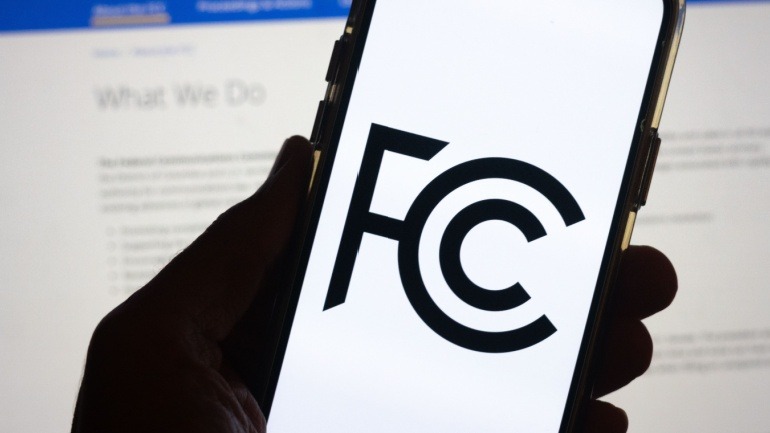FiberCop has doubled its bond issue to €2.8 billion after strong investor demand, boosting funds for its broadband expansion. With over 12 million homes now connected and rollout targets on track, the company strengthens its position amid concerns over rival Open Fiber’s delays and stalled cooperation.
Olivia Trusty has been confirmed to the FCC, restoring a quorum with her addition as the third commissioner. Welcomed by colleagues and industry leaders, she brings Capitol Hill and private sector experience. Despite her approval, two seats remain unfilled.
VoIP isn’t just about cheaper calls – it’s a smarter way to cut communication costs across the board. From reducing infrastructure and IT expenses to boosting productivity and enabling remote work, VoIP offers a scalable, cost-effective solution that improves operations and supports long-term business growth. Here’s how it transforms communication ROI.
DIDWW has expanded its global reach by adding local phone numbers for Nigeria, empowering businesses to connect with Africa’s largest market. With instant activation, robust infrastructure, and round the clock support, this move enhances global communication strategies and solidifies DIDWW’s position as a trusted provider of innovative telecom solutions.
Sinch’s latest report reveals that nearly all businesses plan to use AI in customer communications this year. As customer expectations grow, companies are embracing AI to deliver personalized, secure, and seamless experiences across channels like SMS, chat, and voice.
Mavenir has restructured its finances in partnership with Siris, wiping out over $1 billion in debt and securing fresh capital. The telecom software firm is retreating from its hardware ambitions in Open RAN to refocus on AI-driven software and core telecom services, betting on a leaner, more strategic path forward.
Deutsche Telekom and Nvidia are set to transform European manufacturing with the world’s first industrial AI cloud. This will utilize 10,000 Nvidia GPUs, revolutionizing AI-driven manufacturing by 2026. Prioritizing data protection, this initiative aligns with European standards, offering manufacturers cutting-edge resources.
Singapore’s state-owned firm Temasek is collaborating with Microsoft, BlackRock, and MGX to revolutionize global AI infrastructure, targeting a $100 billion investment. This ambitious AI Infrastructure Partnership includes enhancing AI data centers, showcasing AI’s transformative potential on industries globally, and aligning efforts with major global entities for rapid advancement.
Ericsson and Google Cloud’s collaboration introduces a revolutionary on-demand core network service, enhancing 5G deployment for communication service providers. Leveraging a SaaS model, the service optimizes scalability, rapid deployment, and cost-efficiency through AI and Google Kubernetes Engine.
Ericsson and Supermicro join forces to advance edge AI, combining 5G, SD-WAN, and powerful computing platforms. Their integrated solutions enable real-time data processing for industries like retail, healthcare, and manufacturing, even in remote areas. This partnership allows enterprises to overcome wired connection limits and deploy AI workloads flexibly and efficiently.













